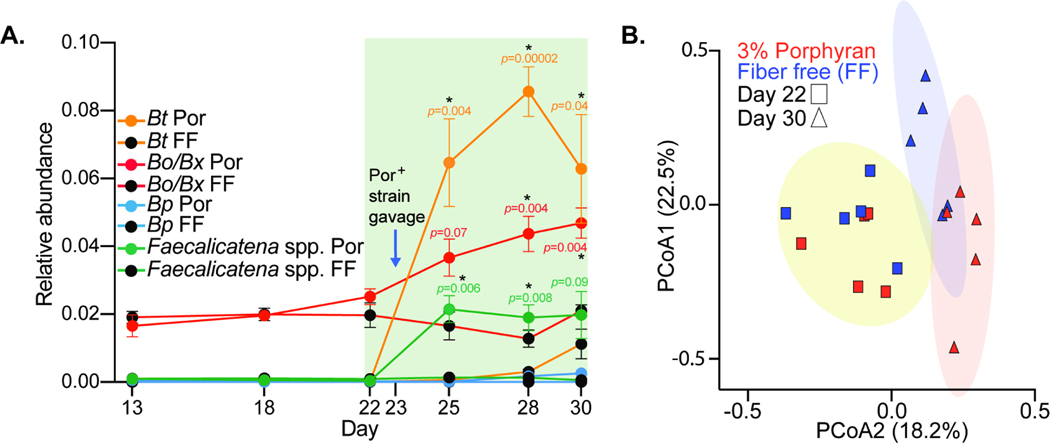Figure 6. Dietary porphyran promotes engraftment of Bacteroides and Faecalicatena strains that can degrade it as a nutrient.
(A) Engraftment of porphyran-degrading strains into gnotobiotic mice with a non porphyran-degrading human microbiota. Significant differences were observed in OTUs corresponding to Bt, Bo/Bx and Faecalicatena species when comparing the 3% porphyran (Por) diet to a fiber free (FF) control diet lacking porphyran (n=5 mice per group). Error bars are the standard error of the mean (S.E.M.) and unpaired t-tests were run using the Holm-Sidak correction to determine significance for days 25, 28 and 30 with significant p-values (<0.05, *) noted. (B) PCoA plot of individual mice shown in C before and after porphyran intervention in the presence of porphyran-degrading bacteria.

